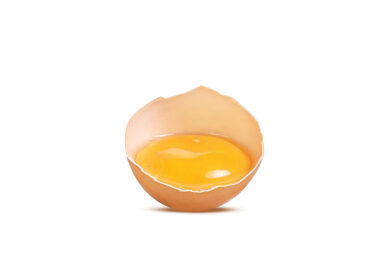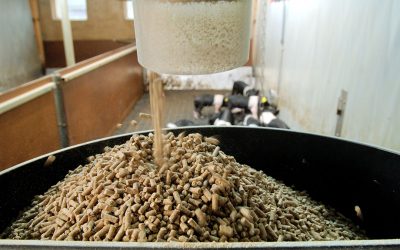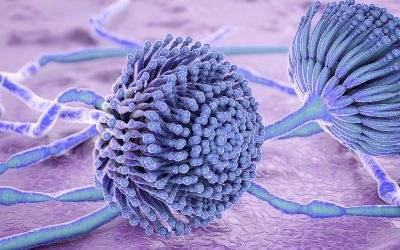Natural enzyme may protects corn
Furnishing corn plants with genes for producing the enzyme b-N-acetyl hexosaminidase (NAHA) may offer a way to fend off mould-spreading caterpillars and beetles, Agricultural Research Service (ARS) studies suggest.
After hatching from eggs, fall armyworm caterpillars
feed on corn plant leaves before advancing on the ears, where succulent kernels
await. Other caterpillars and beetle pests feed there, too. When husks are
chewed open, kernels can become exposed to mycotoxin-producing fungi.
Insecticide spraying within label recommendations helps prevent such feeding and
contamination. But the practice can be costly to use and harmful to beneficial
insects.
Modified strains of corn
As a possible alternative, ARS scientists
Pat Dowd, Eric Johnson and Scott Pinkerton are testing modified strains of corn
that produce NAHA throughout the crop plant’s tissues. In laboratory trials at
the ARS National Centre for Agricultural Utilization Research in Peoria, Ill.,
100% of newly hatched fall armyworms that ingested NAHA-containing leaf tissue
from some of the modified corn plants being studied died within three
days.
Mycotoxin protection
The team’s examination of NAHA and
other enzymes like it is part of a broader effort at the ARS center to develop
novel ways of shielding corn from mycotoxin contamination, which costs farmers
and processors millions of dollars annually in losses. Of particular interest is
determining effective combinations of corn-derived genes that confer
insect-resistance levels equal to those in corn containing the biopesticide
Bacillus thuringiensis (Bt), but that act against a wider range of pests.
Related link:
ARS
To
subscribe to the free AllAboutFeed newsletter click here.











